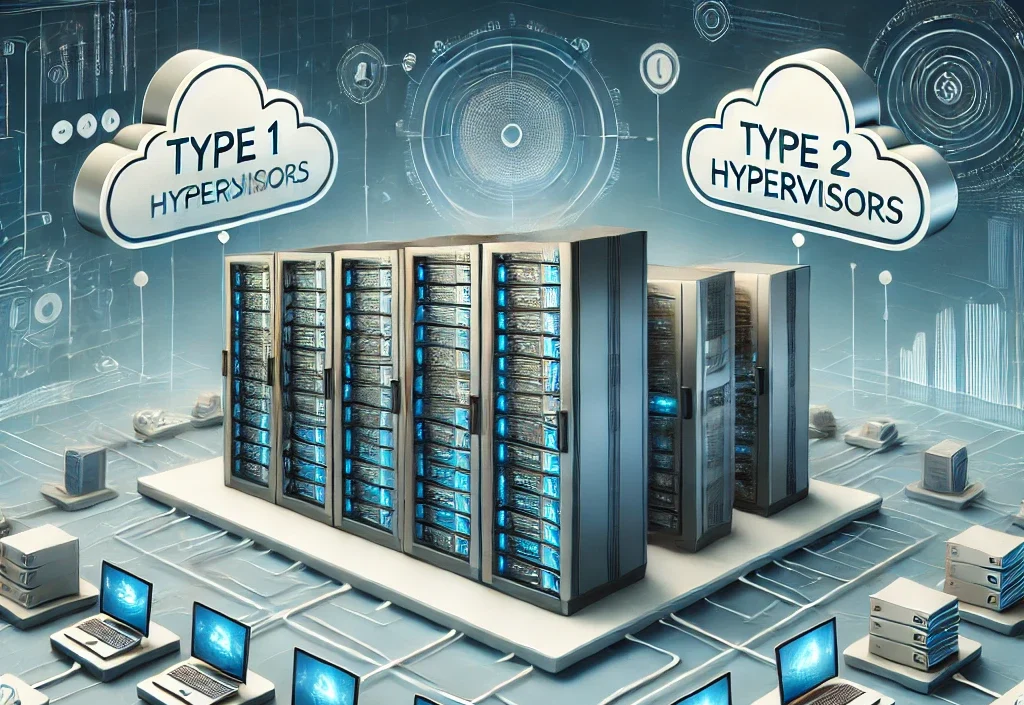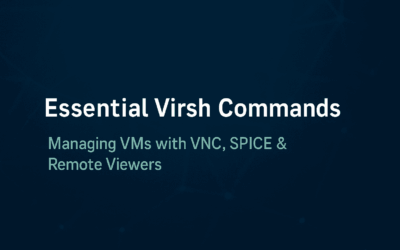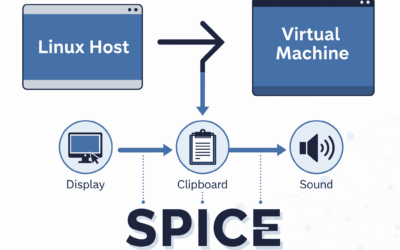🚀 Curious about how virtualization powers modern IT infrastructure?
In my latest blog post, I dive into the world of hypervisors — the backbone of cloud computing and virtualization. Whether you’re exploring Type 1 (Bare Metal) or Type 2 (Hosted) hypervisors, this guide covers it all.
🔎 Learn about:
- The differences between Type 1 and Type 2 hypervisors
- Popular hypervisors like VMware ESXi, KVM, and Proxmox
- How AWS and Azure leverage hypervisors in their cloud infrastructure
- Security concerns and best practices for hypervisor management
💡 Whether you’re an IT professional, developer, or cybersecurity enthusiast, understanding hypervisors is a must.
What is a Hypervisor?
A hypervisor is a specialized software or firmware that enables the creation and management of virtual machines (VMs). It acts as a bridge between physical hardware and virtualized environments, allowing multiple operating systems to run on a single physical machine.
Brief History of Hypervisors
📜 The concept of hypervisors dates back to the 1960s, when IBM introduced CP/CMS for its mainframe systems. Over time, hypervisors evolved to power modern data centers and cloud environments. Today, they are integral to virtualization technology.
Concept of a Hypervisor
💡 A hypervisor abstracts the underlying hardware, providing virtual machines with virtual resources such as CPU, memory, storage, and network interfaces. This abstraction allows organizations to maximize hardware utilization, improve scalability, and achieve cost efficiency.
Types of Hypervisors
Hypervisors are primarily classified into two types:
Type 1 Hypervisors (Bare Metal)
These hypervisors run directly on physical hardware, offering high performance and resource management. They are commonly used in enterprise data centers and cloud infrastructures.
- 🖥️ VMware ESXi: A widely adopted enterprise-grade hypervisor with robust management features.
- 🖥️ Microsoft Hyper-V: Integrated with Windows Server, ideal for businesses using Microsoft ecosystems.
- 🖥️ KVM (Kernel-based Virtual Machine): An open-source hypervisor built into the Linux kernel, suitable for cloud and on-premises virtualization.
- 🖥️ Xen Project: Often used in cloud environments like AWS, known for its performance and scalability.
- 🖥️ Proxmox VE: A versatile platform supporting both virtual machines and containers, popular among homelab users.
Type 2 Hypervisors (Hosted)
Type 2 hypervisors run on top of a host operating system. They are often used for development, testing, and personal use.
- 💻 VMware Workstation: Ideal for developers and IT professionals, providing powerful VM management on desktop systems.
- 💻 Oracle VirtualBox: A free and open-source hypervisor widely used for cross-platform testing.
- 💻 Parallels Desktop: Popular among macOS users for running Windows applications seamlessly.
- 💻 QEMU: A flexible emulator and virtualizer, commonly used for embedded system development and testing.
Hypervisors Used by Cloud Providers
AWS Hypervisor
🌿 Amazon Web Services (AWS) primarily uses Nitro Hypervisor, a lightweight and secure hypervisor designed for their EC2 instances. It is built on KVM and optimized for cloud performance.
Azure Hypervisor
🔎 Microsoft Azure uses a customized version of Hyper-V for its virtual machine workloads. This integration provides strong compatibility with Windows Server environments.
GCP Hypervisor
☁️ Google Cloud Platform (GCP) utilizes KVM as its primary hypervisor, known for its open-source flexibility and robust performance.
Why Proxmox is Popular for Homelabs
🛋️ Proxmox Virtual Environment (Proxmox VE) has gained popularity among homelab enthusiasts due to its open-source nature, web-based management interface, and support for both KVM virtual machines and LXC containers. It also includes built-in backup and clustering features.
VMware ESXi Licensing Controversy
💸 In 2016, VMware faced backlash when they introduced changes to their licensing model, limiting the number of physical CPUs per license. This shift increased operational costs for small and mid-sized businesses. Eventually, VMware revised its policies in response to the criticism.
Security Concerns in Hypervisors
While hypervisors provide isolation between virtual machines, they are not immune to security threats. Common concerns include:
- 🧑💻 Hypervisor Escapes: Attackers may exploit vulnerabilities to break out of VMs.
- ⚡ Resource Exhaustion: Malicious VMs can consume excessive resources, impacting other VMs.
- 🔓 Data Breaches: Weak access controls can lead to unauthorized data access.
Best Practices for Hypervisor Security
- 🛡️ Keep hypervisors up-to-date with security patches.
- 🔑 Use role-based access control (RBAC).
- 🌐 Implement network segmentation to isolate management interfaces.
- 🕵️ Monitor hypervisor activity for unusual behavior.
Why Type 2 Hypervisors Are Valuable
Type 2 hypervisors are particularly valuable for:
- 🖥️ IT Professionals: For testing and evaluating different operating systems.
- 💡 Developers: For running development environments and testing applications across platforms.
- 🛡️ Cybersecurity Analysts: For malware analysis and penetration testing in isolated virtual environments.
Final Thoughts
Hypervisors play a crucial role in modern IT infrastructure by enabling efficient resource management and scalability. Understanding their types, applications, and security concerns is essential for IT professionals navigating the world of virtualization.




